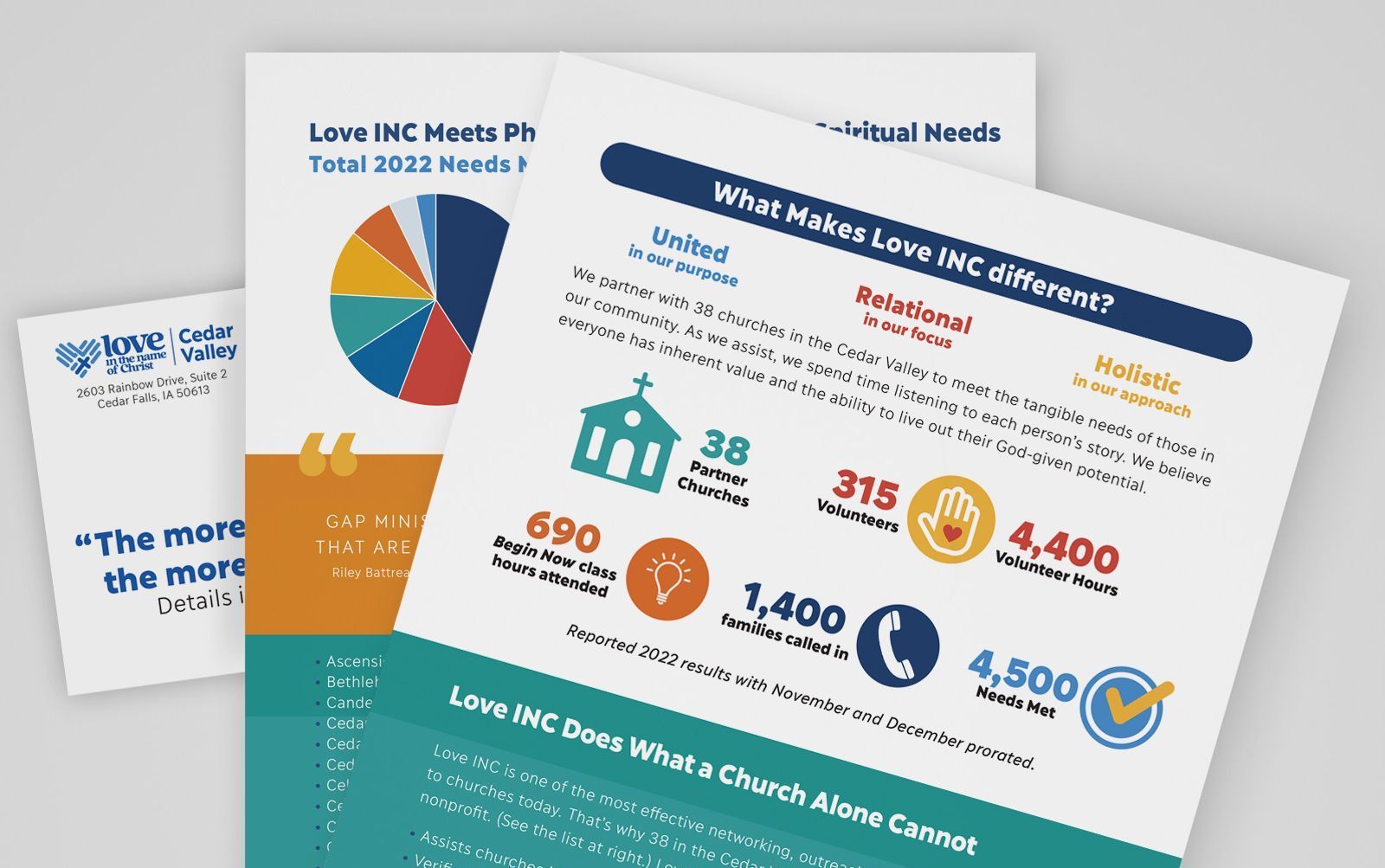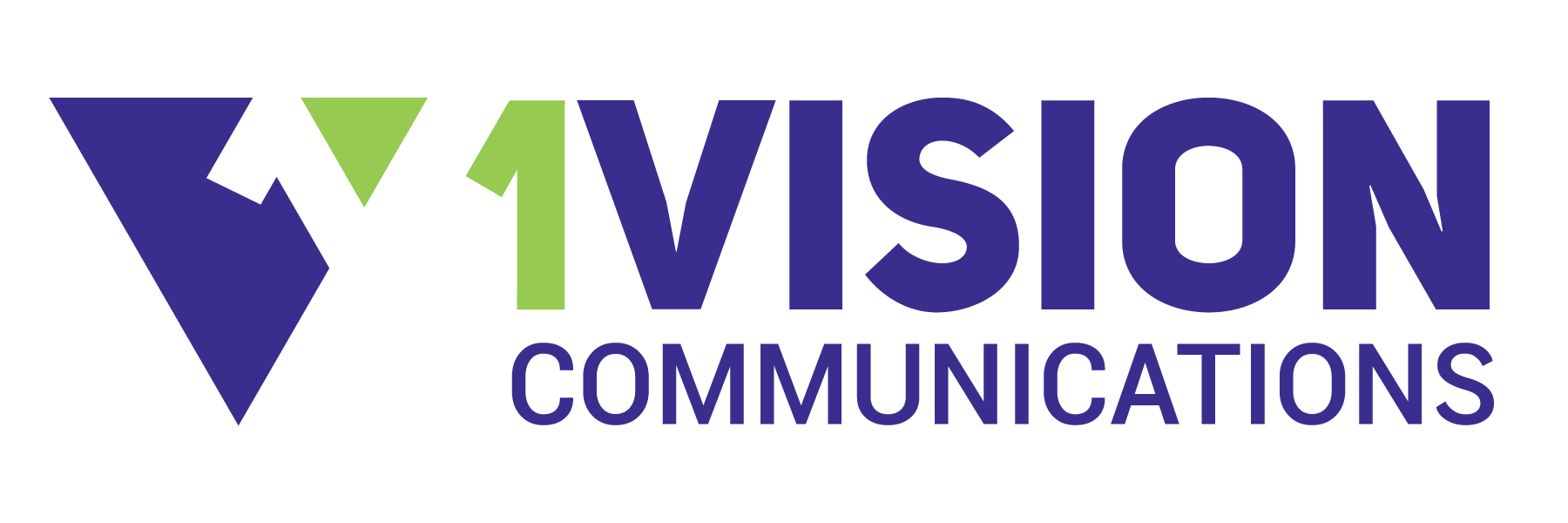Create Urgency NOW!
Developing a sense of urgency is crucial for any successful direct mail piece. It can and should be used on every media channel (social and traditional). You have witnessed it often around the end of the year – and used it. “Donate on Giving Tuesday and your gift will be doubled.” “All donations received before the end of the year are guaranteed to be fully tax-deductible.” December 31st is a natural tax and giving deadline, but how do we create urgency in the remaining 11 months of the year?
4 Components to Urgency
Urgency should not be an afterthought. Please don’t compose your appeal, then stick-on a deadline to your envelope teaser and letter postscript. Weave these components throughout for a consistent and high-performing direct mail package.
Is there anything more urgent than a heart attack? Please understand I never want to equate any direct mail letter, no matter the cause, with the severity and consequences of a serious medical emergency. However, effective communications shouldn’t ignore similar components to the first directive one might give to a crowd of onlookers at an accident.
YOU! We are instructed that the first response should be to identify and get the attention of a singular person to help. In advertising’s case, this is the prospect, donor, customer, or influencer. That one person must recognize immediately that you are speaking only to them.
STOP! In our case (and in a medical emergency), we must get people to cease going about their business and focus their attention solely on the situation at hand. A command to “Act Now!” helps break the reader out of the routine and increases the likelihood a person will do as you have asked.
Bad Things Could Happen Without Your Action. This is implied in a medical situation, but it is not so apparent for a business or nonprofit campaign. We must state clearly that people may not thrive; a window of opportunity will close; others may get this technology first; or conditions are about to worsen unless....
Scarcity. In medical emergencies, the obvious limiter is time. In communications, we don’t want the reader to miss an “incredible chance.” Be realistic here. Your audience is intelligent, so please treat them that way. “Due to room size, seating is limited to 100 people.” Or “The first $10,000 will be matched.” Or “Only 200 of these limited-edition, signed prints are available.”




